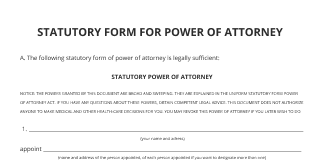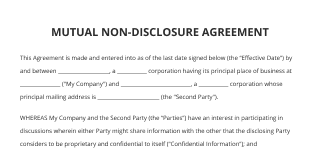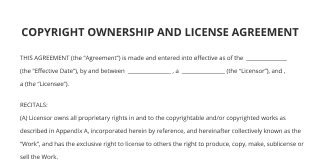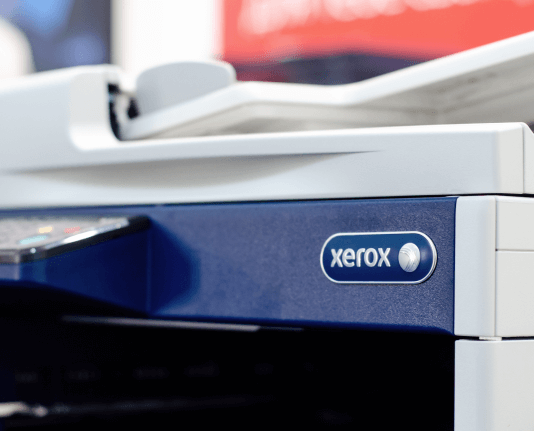What is the Difference between an Invoice and a Bill
Move your business forward with the airSlate SignNow eSignature solution
Add your legally binding signature
Integrate via API
Send conditional documents
Share documents via an invite link
Save time with reusable templates
Improve team collaboration
See airSlate SignNow eSignatures in action
Understanding the Basics of Invoices and Bills
Invoices and bills are both essential documents in financial transactions, but they serve different purposes. An invoice is a detailed statement provided by a seller to a buyer, outlining the goods or services rendered along with the amount due. It typically includes information such as the date of the transaction, payment terms, and a breakdown of costs. In contrast, a bill is a more general term that refers to a request for payment. It may not provide as much detail as an invoice and is often used in everyday transactions, such as utility bills or restaurant checks.
Key Differences Between Invoices and Bills
While invoices and bills are often used interchangeably, they have distinct characteristics. Here are some key differences:
- Purpose: An invoice is primarily used for business transactions to request payment for goods or services, while a bill is a more informal request for payment.
- Detail: Invoices typically contain detailed descriptions of the products or services, whereas bills may only list the total amount due.
- Format: Invoices often follow a specific format and include terms of payment, while bills can vary widely in format and detail.
- Usage: Invoices are commonly used in business-to-business transactions, while bills are frequently used in consumer transactions.
When to Use an Invoice
Using an invoice is crucial for businesses that need to keep track of sales and payments. When you provide services or goods to a client, issuing an invoice helps maintain a professional image and ensures that you have a record of the transaction. It is particularly important for businesses that operate on credit, as invoices serve as formal requests for payment and outline the terms agreed upon with the client.
When to Use a Bill
Bills are typically used for everyday transactions where detailed documentation is less critical. For example, when dining at a restaurant or paying for utilities, a bill suffices to indicate the total amount owed. Bills are often issued immediately after a service is rendered or at the end of a billing cycle, making them suitable for prompt payment requests.
Legal Implications of Invoices and Bills
In the United States, invoices and bills can have different legal implications. An invoice serves as a formal request for payment and can be used in legal proceedings to demonstrate that a transaction occurred. It may also include terms that outline penalties for late payments. Bills, while still important, may not carry the same weight in legal contexts, as they are often less formal and detailed.
Best Practices for Creating Invoices and Bills
When creating invoices and bills, consider the following best practices to ensure clarity and professionalism:
- Use clear language: Ensure that the terms and amounts are easy to understand.
- Include all necessary details: For invoices, provide a breakdown of costs and payment terms. For bills, ensure the total amount due is clearly stated.
- Maintain records: Keep copies of all invoices and bills for your records, which can be useful for accounting and tax purposes.
- Utilize digital tools: Consider using digital document solutions like airSlate SignNow to create, send, and manage invoices and bills efficiently.
airSlate SignNow solutions for better efficiency
Our user reviews speak for themselves






Why choose airSlate SignNow
-
Free 7-day trial. Choose the plan you need and try it risk-free.
-
Honest pricing for full-featured plans. airSlate SignNow offers subscription plans with no overages or hidden fees at renewal.
-
Enterprise-grade security. airSlate SignNow helps you comply with global security standards.

What is the distinction between an invoice and a bill?
Comprehending the variance between an invoice and a bill is essential for efficient financial oversight. An invoice is a comprehensive document provided by a vendor to seek payment for products or services rendered, whereas a bill is a broader term that signifies any notification of money owed. In this guide, we will examine how to use airSlate SignNow to facilitate your document signing workflow.
What is the distinction between an invoice and a bill?
- Launch your internet browser and go to the airSlate SignNow homepage.
- Establish a free trial account or log into your current account.
- Choose the document you intend to sign or send for signatures and upload it.
- If you anticipate using this document again, transform it into a reusable template.
- Access your uploaded document and make necessary alterations, such as adding fillable fields or inserting specific data.
- Sign the document and assign signature fields for the recipients.
- Click 'Continue' to set up and send an eSignature invitation.
airSlate SignNow provides numerous benefits for businesses aiming to improve their document administration. With an extensive feature set that offers great ROI, it is crafted to be user-friendly and adaptable, making it perfect for small to mid-sized enterprises. Furthermore, airSlate SignNow offers clear pricing with no concealed fees and outstanding 24/7 support for all paid plans.
To sum up, utilizing airSlate SignNow can considerably simplify your document signing workflow. Begin your free trial today and witness the advantages firsthand!
How it works
airSlate SignNow features that users love
Get legally-binding signatures now!
FAQs
-
Is an invoice the same as a billed?
What's the Difference Between an Invoice and a Bill? An invoice and a bill convey the same information about the amount owed as part of a business transaction, but an invoice is generated by the business providing a service, and the customer receiving the invoice records it as a bill to be paid. -
What is the difference between billing and invoicing in SAP?
What is the difference between a bill and an invoice in SAP? Likewise, SAP's accounting software makes the same distinction, where invoices are used to describe the products and services you deliver to your customers. At the same time, bills serve as a receipt for the payment you render to your suppliers or creditors. -
Is billing and invoicing the same thing?
In essence, invoicing is about charging a customer for a transaction. Billing encompasses the overall process of tracking, organizing, and managing what customers owe. It includes invoicing as well as activities such as tracking accounts, sending payment reminders, and recording when payments are made. -
What is an example of a bill and invoice?
What is an example of a bill and invoice? An example of a bill is a monthly utility statement for electricity usage. An example of an invoice is a detailed document sent by a freelance graphic designer to a client after completing a project, requesting payment for services rendered. -
What is the difference between a bill statement and an invoice?
A billing statement is generally more comprehensive than an invoice, totaling the overall transactions that have happened at any given time. In this context, a billing statement covers many different transactions. An invoice only covers a single session of purchases. -
What is the difference between billing and invoicing?
Purpose: Billing is about notifying customers of the need for payment. Invoicing, however, details the specifics of a transaction, providing a breakdown of services or products provided. Recipient: Billing is often directed towards individuals or B2C scenarios. -
Is an invoice just a bill?
Like an invoice, a bill outlines how much money a customer owes a business. However, whereas an invoice refers to a very specific type of document that contains set pieces of information, a bill is more of a generic term that could apply to a number of different documents – including invoices.
What active users are saying — what is the difference between an invoice and a bill
Related searches to What is the difference between an invoice and a bill
Get more for what is the difference between an invoice and a bill
- Invoice html template for pdf for Sales
- Invoice HTML Template for PDF for Support
- Invoice html template for pdf for Accounting
- Invoice HTML Template for PDF for Research and Development
- Invoice html template for pdf for Management
- Invoice HTML Template for PDF for Administration
- Invoice html template for pdf for Customer Service
- Invoice HTML Template for PDF for Customer Support
Find out other what is the difference between an invoice and a bill
- Experience digital signing protection with airSlate ...
- Enhance your workflow with OneSpan e-signature
- Secure your software with a VeriSign code signing ...
- Secure your documents with signature encryption using ...
- Experience the power of HSM-secured signature for your ...
- Experience the ease of VeriSign electronic sign for ...
- Experience the power of PKI-secured signatures for ...
- Achieve peace of mind with S/MIME secure signature ...
- Enhance your security with PKI digital signatures for ...
- Simplify your signing process with crypto signature
- Secure your documents with a protected PDF signature
- Experience digital signature assurance with airSlate ...
- Experience the power of OneSpan electronic signature ...
- Enhance your documents with a blockchain signature for ...
- Unlock secure transactions with asymmetric encryption ...
- Get your certified PDF sign with ease and confidence
- Unlock the power of signature cryptography for secure ...
- Unlock the power of secure signing technique to ...
- Achieve non-repudiation signature with airSlate SignNow ...
- Enhance security with Public Key Infrastructure ...






























